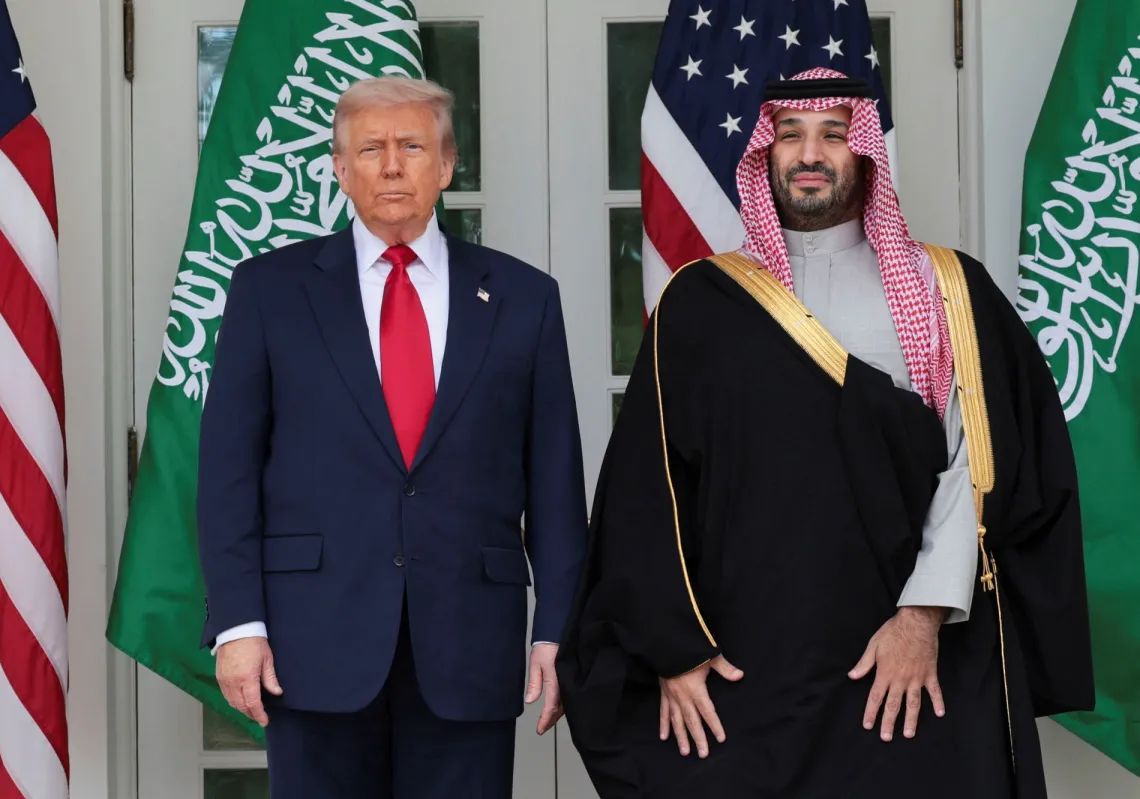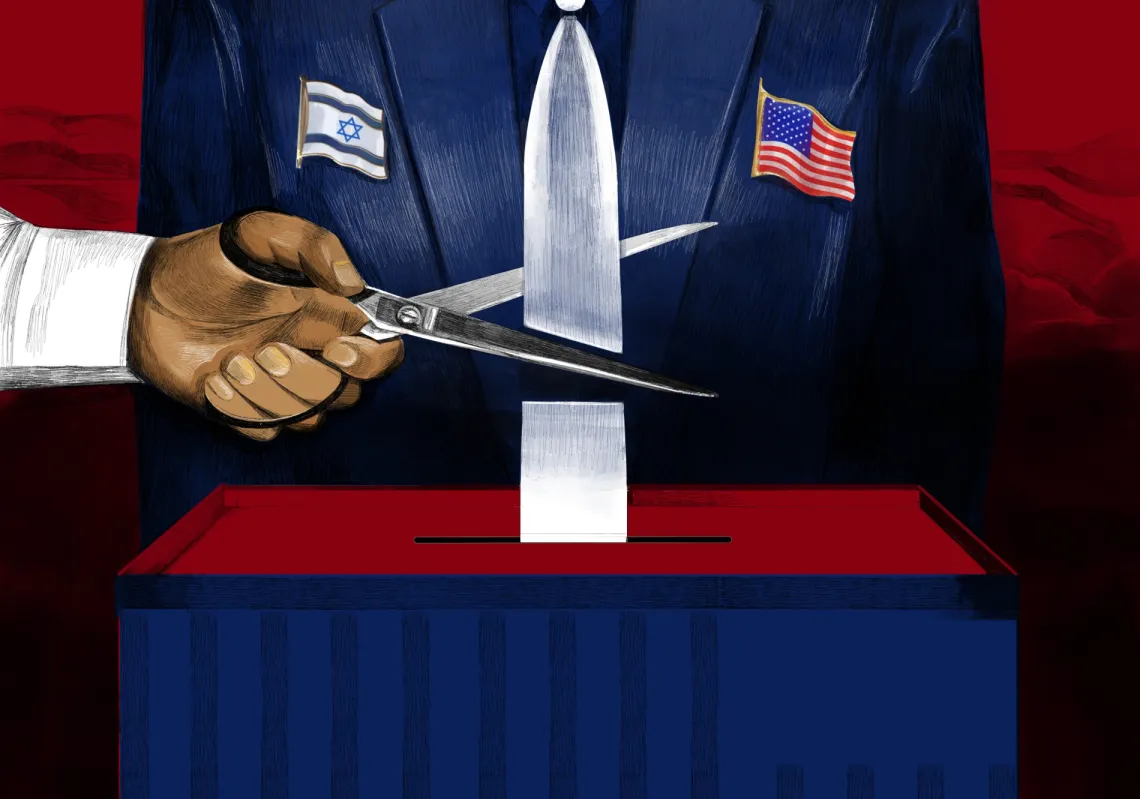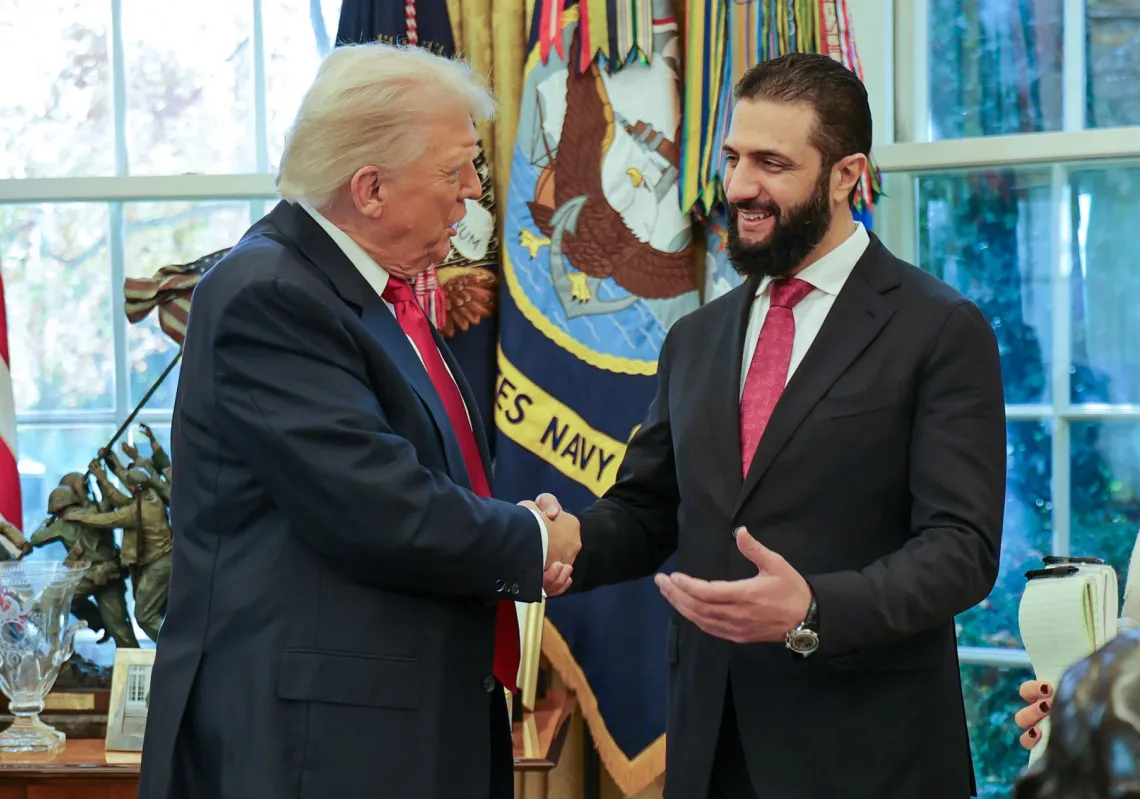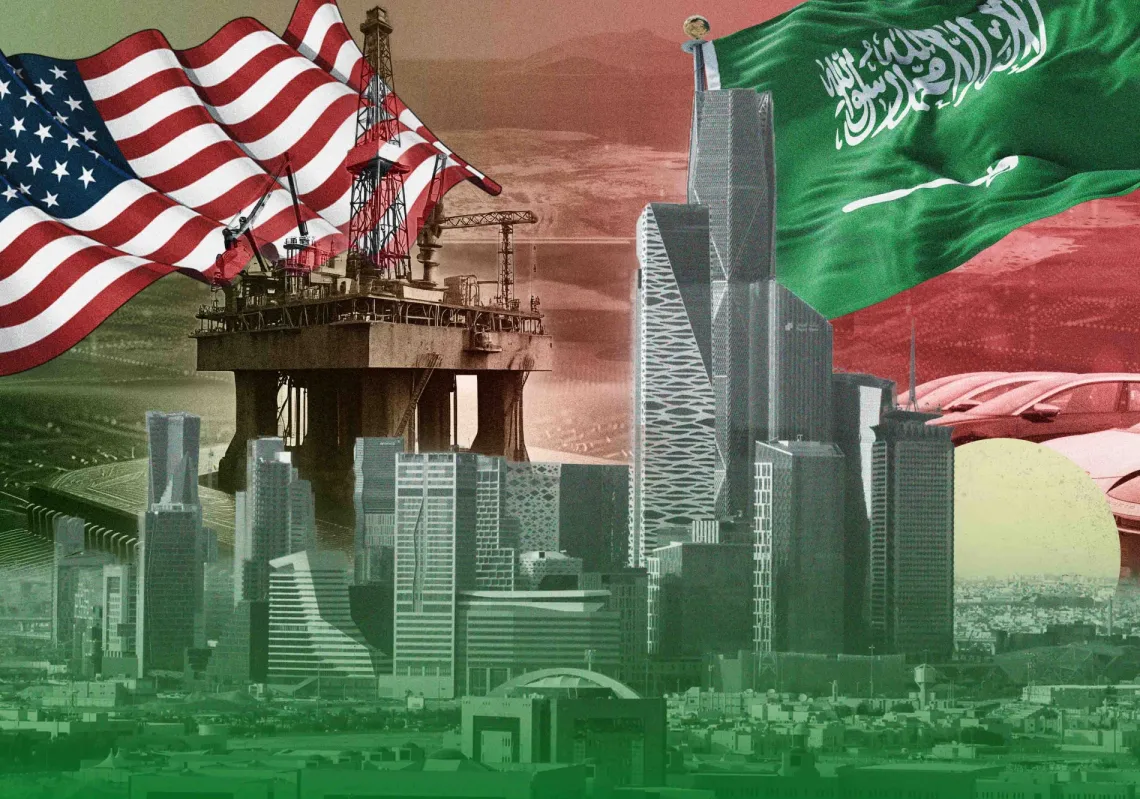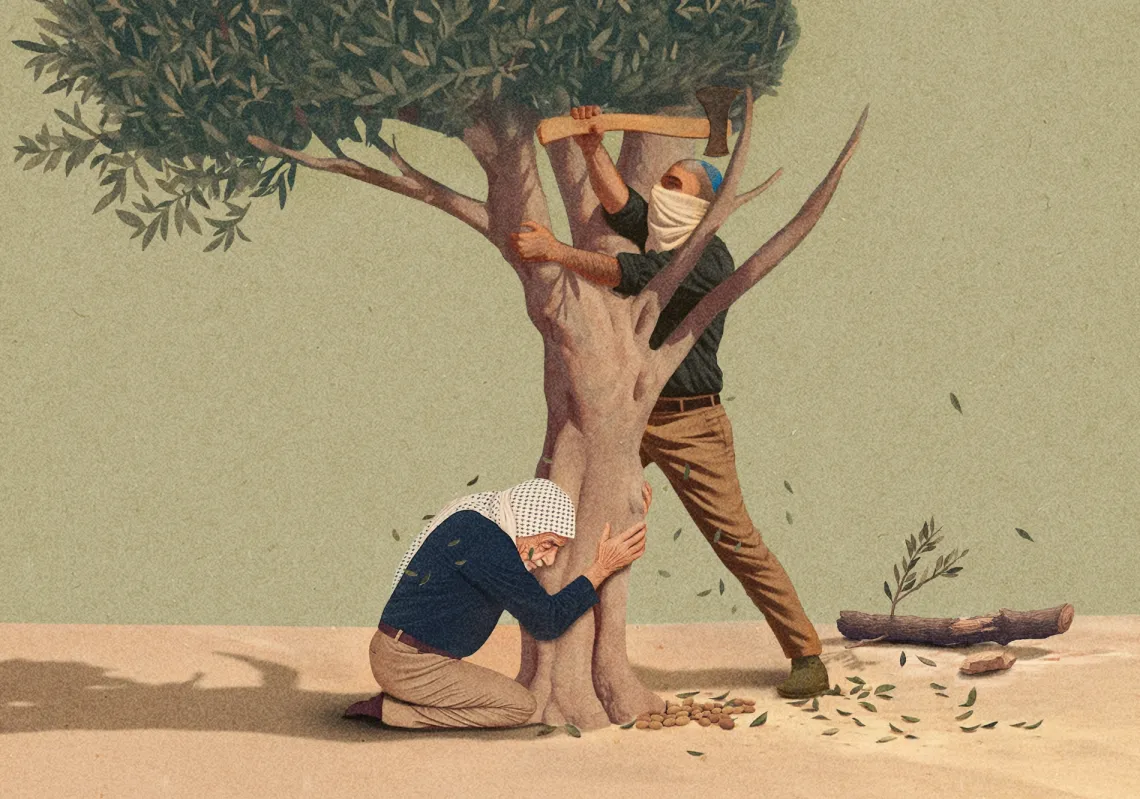 Mother and child portrait. (Hengameh Golestan)[/caption]Hengameh Golestan’s work intimately documents four decades of life in Iran—she is widely considered to be a pioneer among Iranian female photographers. More poignantly, her photographs capture the lives of women leading up to and during the 1979 Islamic Revolution and its aftermath.
Mother and child portrait. (Hengameh Golestan)[/caption]Hengameh Golestan’s work intimately documents four decades of life in Iran—she is widely considered to be a pioneer among Iranian female photographers. More poignantly, her photographs capture the lives of women leading up to and during the 1979 Islamic Revolution and its aftermath.
Golestan was married to the award-winning photojournalist Kaveh Golestan, who died in northern Iraq while on assignment for the BBC in 2003. Golestan has since established the Kaveh Golestan Estate, which awards up-and-coming photographers who best demonstrate the keen eye and fearless spirit of her late husband. Speaking to The Majalla on the ten-year anniversary of his passing, Golestan reflects on her own career and the unprecedented popularity of photography in Iran today.
“A few nights ago I had a dream,” Golestan confesses over the phone from Tehran. “I was going to cover a really important event but I only had one roll of film with 30 frames and I had to count my shots very carefully. So I was very relieved to wake up in the morning and remember I have a digital camera!”
Golestan’s dream taps into the real-life anxieties and practical limitations of a bygone analogue era—not only did photographers need to travel with plenty of rolls of film, they also needed to get them safely back to a lab so that they could be processed. Most citizen journalists in the Middle East today would have a hard time relating to such worries, as demonstrated by the ease and speed at which mobile phone footage of war and revolution is able to be uploaded onto social media sites, picked up by network news channels and later broadcast around the world.
How does Golestan regard the recent dominance of this low-resolution, shaky footage? “Actually, using a phone is often the only way to capture any kind of news now [in the region] because using a professional camera makes you a target,” she says.
When the Iran–Iraq War began in 1980, Golestan’s husband headed for the front line, where he documented the horror and human tragedy for various international photo agencies over the course of the conflict’s eight-year duration. His haunting and iconic images received global exposure, and Kaveh Golestan was awarded the prestigious Pulitzer Prize for his outstanding work. Hengameh Golestan, meanwhile, was discouraged from joining him.
“During the war, they [the Iranian authorities] wouldn’t let women go to the front. Even as a photographer I tried very hard to go, but they wouldn’t permit it. They said I'd better stay at home and make jam.”
Not one to be deterred, Golestan got as close to the action as possible, traveling to a border town that was experiencing the effects of the fighting. “I had a friend there and I wanted to take pictures of soldiers returning from the front line, how they looked, what they did, how they impacted the townspeople, and so on. But unfortunately, at that time I wasn’t working for any magazine and I didn’t have a press card.”
In any event, Golestan was blocked from continuing her work and her unprocessed pictures were confiscated and destroyed. “I still dream about those photographs,” she admits. Despite such setbacks, Golestan knew she held one major advantage over her male contemporaries: “In Iran women generally don’t allow men to take their picture, so as a female photographer I thought I had a good opportunity to go inside their houses and take pictures of everyday life.”
Golestan was drawn to the villages and their inhabitants, capturing the harsh simplicity of their existence in stark black and white. This is an ancient Iran of clay dwellings, scorching heat and religious tradition: Mothers stand for the camera in sparse living rooms free of furniture. A sheep herder cradles a lamb and stares into the lens, his young face displaying a creeping weariness beyond his years. An old man lounges on a Persian rug, taking shelter from the unremitting rays of the sun.
Golestan’s framing is wide, often panoramic. The semi-portraits are composed in a style where it is difficult to romanticize the villagers and divorce them from their environment. We see a beautiful little girl, no older than four, clutching what looks like a bunch of wilted flowers. But she sits in a hollow in the dirt; behind her is an unruly mass of sticks and rubbish. In another photograph, a barefooted child carries her baby sister in front of a prehistoric earthen structure. People live here, and the chamber pots and other containers dotted about provide clues as to the absence of running water. And in a series of photographs that took Golestan to the villages in the Kurdish region of the country, a gang of boys pose with their catapults in a parched landscape of dug-up earth, rocks and rubble. A wretched and emaciated cow stands forlornly, as an unwitting member of the group.
Unflinching in her mission to record a reality that no doubt many Iranians would rather ignore, Golestan presents an uneasy juxtaposition between childhood, family life and grinding rural poverty. Nevertheless, the portraits are dignified and hint at something else: The women and children possess an unforced, relaxed demeanor. They are trusting. Young mothers display their hair. Through their smiles, we realize that they too are curious and flattered by the young woman with the camera who has traveled all the way from Tehran to take their picture.
“When I started taking pictures around 1972–1973, there were just a handful of other female photographers, often wives of photographers,” recalls Golestan. “I could say there were literally four or five of us.”
But during the unfolding revolution, when dramatic images were published in the local and international press, there was an explosion of interest in the art form. “People understood the power and importance of a photograph,” says Golestan.
Today photography is a hugely popular area of study for young Iranians, with hundreds of women graduating from photography courses each year. So how does this generation compare with Golestan’s?
“News and documentary photography is really dead now,” Golestan says with regret. “One of the things that has changed is that ordinary people were really open to photographers and would let them take pictures of anything. Unfortunately, that attitude has changed and young photographers tell me they get a lot of hostility if they try to work on the streets.”
This transformation reflects the wariness among Iranians who worry that photographs of themselves could land them in trouble. This is in stark contrast to the heady days of 1979, when photographers were seen as allies. “During the revolution, if I was in danger (from the Shah’s police) people would assist and protect me,” reflects Golestan.
It was in such a spirit of cooperation between people on the streets and those with cameras that Golestan photographed a demonstration of unique historical importance. It was March 11, 1979 and women were marching in the streets of Tehran protesting Ayatollah Khomeini’s decree that all women must wear a veil in public. Interestingly, a sprinkling of the women in the photographs are wearing hijabs, but as Golestan has noted: “This was never about religion, it was about freedom, and traditional or religious women who wore the chador [a loose black robe] were demonstrating their solidarity with us over our right to freedom of choice.”
Despite support from prominent cleric Mahmoud Taleghani, who dispatched armed men to protect the women, the march ended bloodily with protesters beaten and stabbed in the street. But as this took place on the day before the new law’s implementation, Hengameh’s work records the last day women were photographed in the Islamic Republic without the hijab. Golestan acknowledges the historical value of all her pictures over this period with typical modesty. “There are events that just happened and I happened to be there—like the women’s demonstration.” It is only when pressed that she concedes, “Not many people have photographs of this.”
Notwithstanding the decline of professional news and documentary photography, Golestan is still positive. She highlights the flourishing industry of exhibitions, gallery openings, university courses and photographic publications. “In one sense, photography is more alive now than ever. Young Iranians are ingenious and create arty, abstract work in their studio to express what they think. Or they’ll photograph traditional carpet making and other crafts. Often they’ll sell their photographs abroad, where there is a bigger market.”
As for herself, although she is never without her digital camera, Golestan now focuses all her efforts into publishing her enormous back catalog. She is also working on a Persian-language version of her late husband’s incredible photographic book, Kaveh Golestan: Recording the Truth in Iran 1950–2003, which covers a dramatic period of change in the country’s modern history, including the Islamic Revolution and the Iran–Iraq War.
Recalling her dream at the start of the interview, one becomes curious as to whether Golestan thinks the technological realities of her generation fostered a level of skill, discipline and sensitivity not required for modern professional cameras. Golestan chuckles and admits that when she tells talented youngsters what good photographers they are, they say, “Oh it's no big deal. We take hundreds of pictures of each subject so one of them must be good.”
[divider]
Hengameh Golestan's work is available to view on her website.



